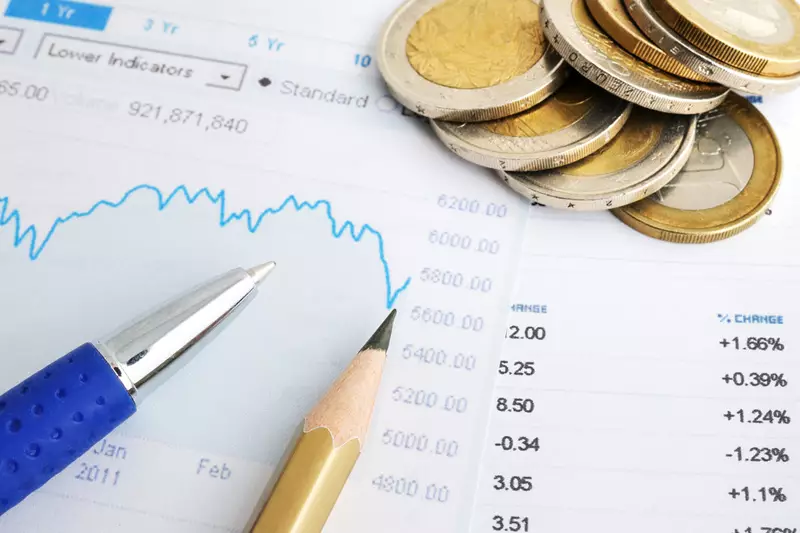Amidst recent economic data pointing towards a potential interest rate cut from the Federal Reserve, gold prices have seen a significant uptick. This surge in prices comes in the wake of reports that the number of Americans filing for unemployment benefits has increased more than expected. Such indicators have fueled speculation that the Fed may kick off an easing cycle as early as September, thereby lowering interest rates and reducing the opportunity cost of holding gold.
Market Analyst Insights
Market analysts like Tim Waterer from KCM Trade have noted that recent U.S. macro data, including weaker nonfarm payrolls figures, have contributed to gold’s resurgence. Waterer highlights that if inflation continues to edge lower based on upcoming reports like the U.S. producer price index and consumer price index, gold could further benefit from the situation. The uncertainty surrounding U.S. inflation, as indicated by San Francisco Fed President Mary Daly, adds another layer of complexity to the market dynamics.
International Developments
In parallel with these economic factors, international developments are also impacting the precious metals market. A senior Israeli official’s announcement regarding the halting of hostilities in Gaza, coupled with ongoing operations in Rafah, adds a geopolitical dimension to the situation. Despite these geopolitical tensions, spot silver, platinum, and palladium have all seen gains and are poised to register their best weeks since April 5.
The confluence of economic data, market analyst predictions, and international developments underscores the complex interplay of factors influencing gold prices in the current landscape. With expectations of an upcoming interest rate cut, coupled with inflation dynamics and geopolitical tensions, the trajectory of precious metals remains uncertain. Investors and traders alike will need to closely monitor these evolving trends to make informed decisions in the volatile market environment.

